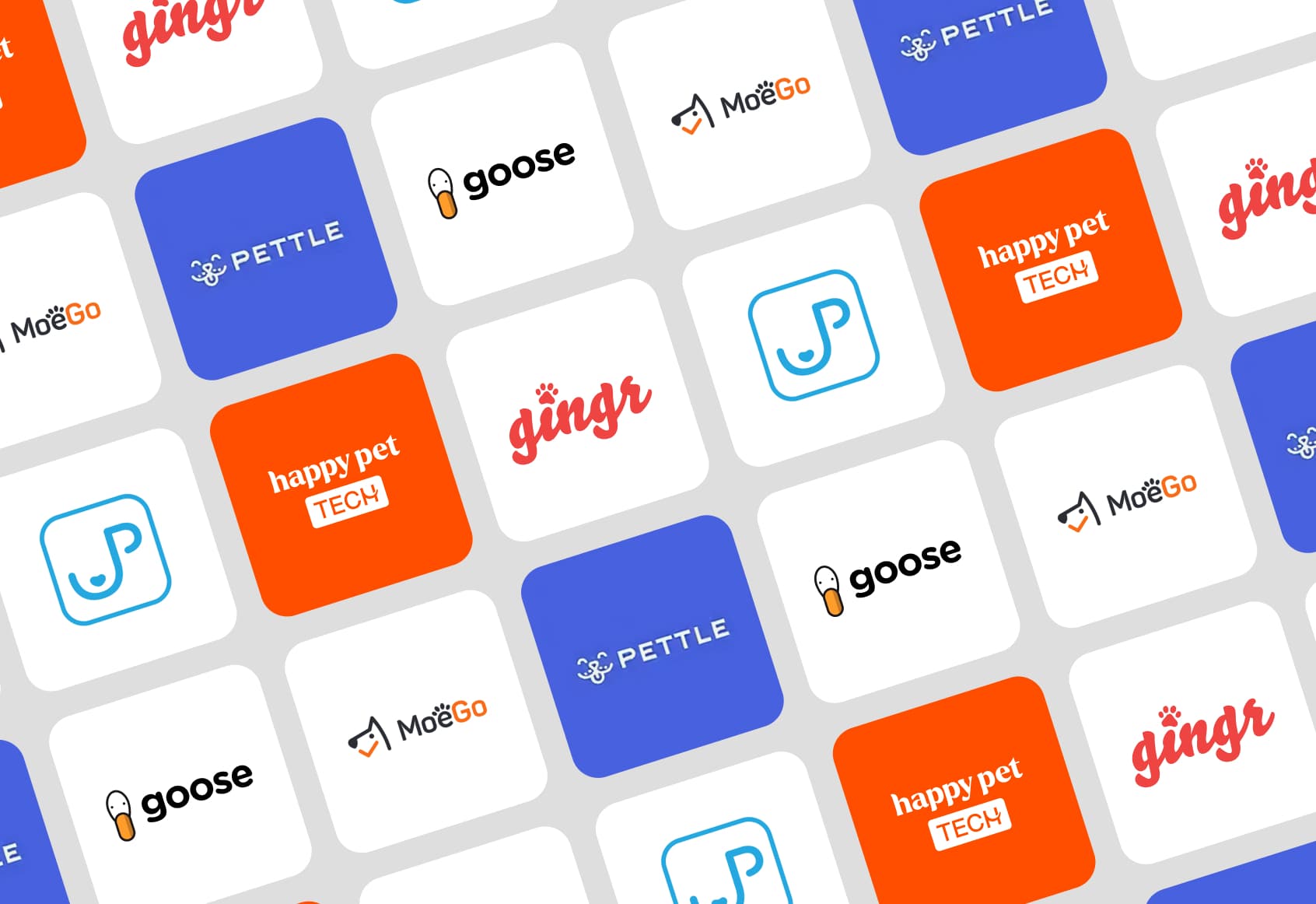In the past few months, I have spoken to over 100 pet grooming and boarding companies in India and the UAE, and have found a common trend: many of them continue to run their businesses manually.
These pet service businesses are doing everything the hard way, from keeping track of client information in notebooks or Excel sheets to reminding people of appointments one at a time via WhatsApp and even gathering proof of vaccinations via chat. Additionally, they have been doing it for years.
Most people are unaware that basic, reasonably priced technology can reduce administrative time by up to 70%, allowing them to concentrate on expansion and improved customer service.
The actual issue? Many pet business owners believe technology is "not for them," too costly, or too complex.
In reality, however, the right tools are user-friendly, reasonably priced, and designed with the pet industry in mind.
Here are the best technological solutions that pet businesses require but haven't yet implemented, along with the reasons why switching could have an immense effect.
The Future of Pet Businesses: How Technology Will Revolutionize Operations
The pet care industry now focuses on providing pet parents with outstanding experiences and optimising business operations, not just on a passion for animals. Modern pet business automation tools help owners stay ahead of the competition, cut down on mistakes, and satisfy customers with everything from inventory management to appointment scheduling.
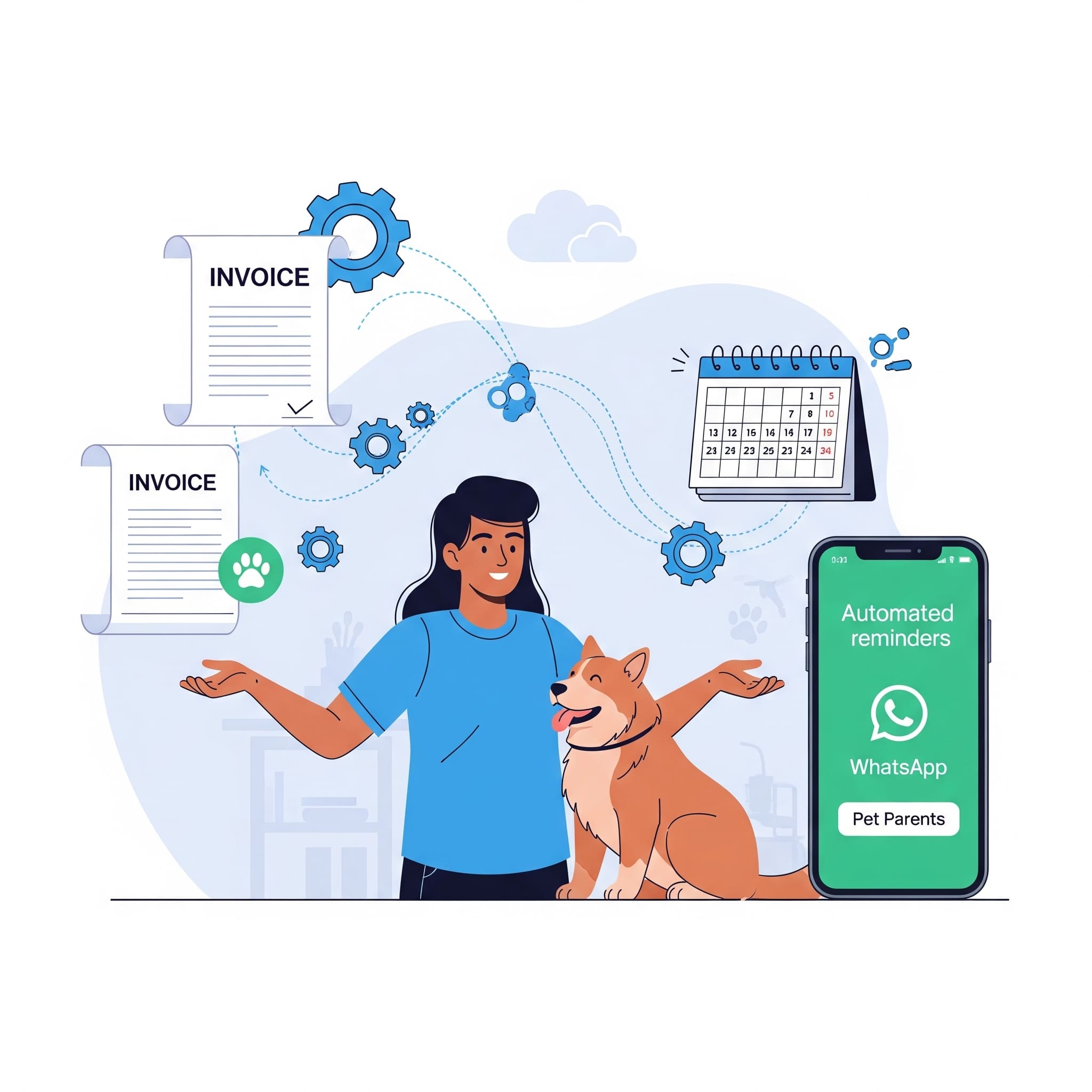
While cloud platforms and data analytics are providing businesses with new visibility, automation is reducing repetitive tasks. Pet business technologies are now essential to scaling sustainably, whether it's managing multiple locations, sending WhatsApp reminders, or tracking customer history.
Top Tech Trends for Pet Businesses in 2025
Artificial Intelligence in Pet Care Software
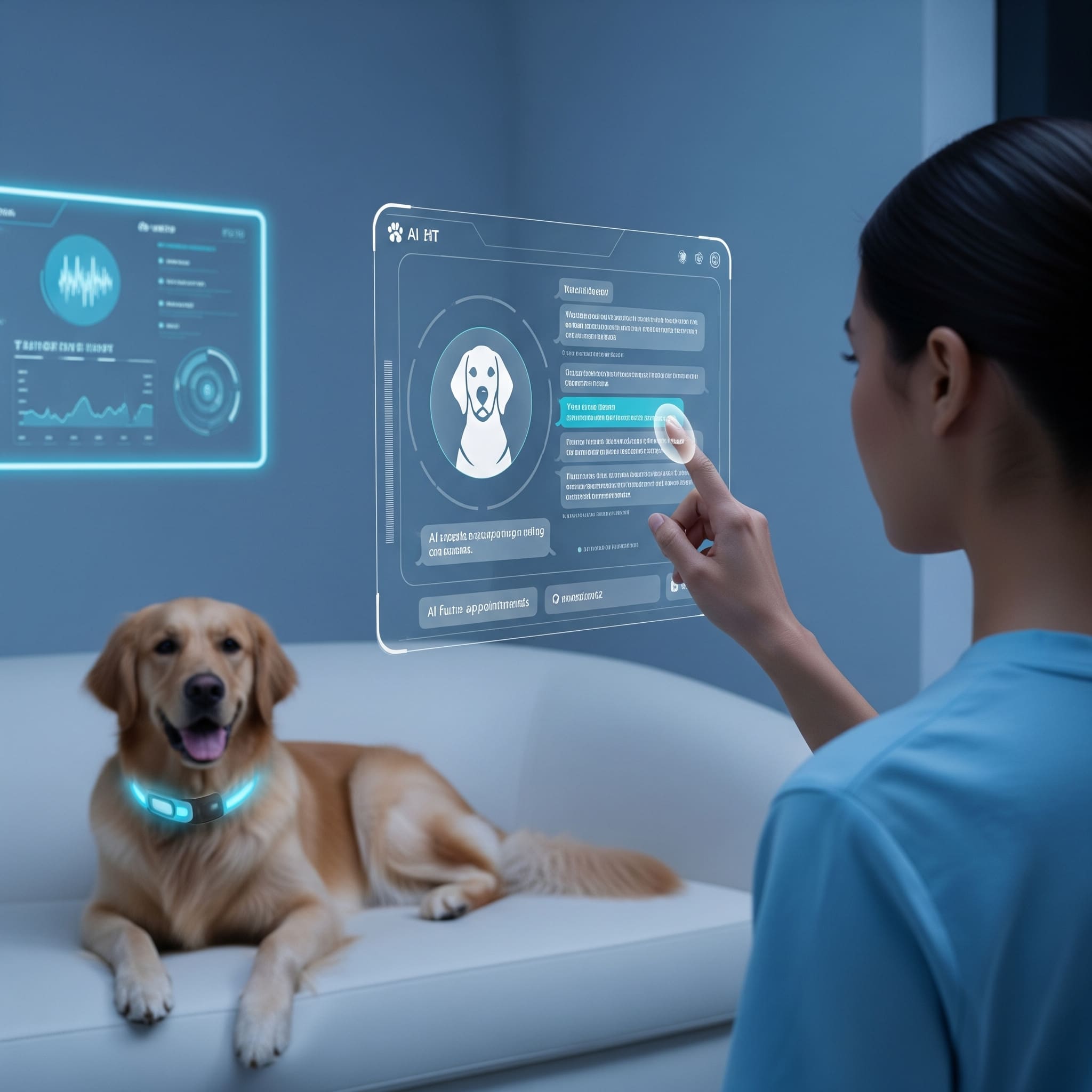
AI is changing how companies communicate with pet parents. AI is lowering friction and saving time in a variety of applications, from chatbots that can answer consumer questions to intelligent scheduling systems that optimise appointments based on staff availability, pet needs, and other factors.
In order to notify parents or clinics of potential problems early on, some AI tools even help with pet healthcare by analysing symptoms or behaviour through wearables or video analysis.
The Role of Automation in Pet Business Growth
Imagine your company managing attendance, creating invoices, reminding clients to get their pet vaccinated, and updating clients on their pet’s stay, all without the need for human labour. That is the power of automation.
Successful companies will automate daily operations, invoicing, appointment scheduling, and customer communications by 2025, freeing up owners to concentrate more on customer service and less on spreadsheets.
Cloud-Based Solutions for Pet Businesses
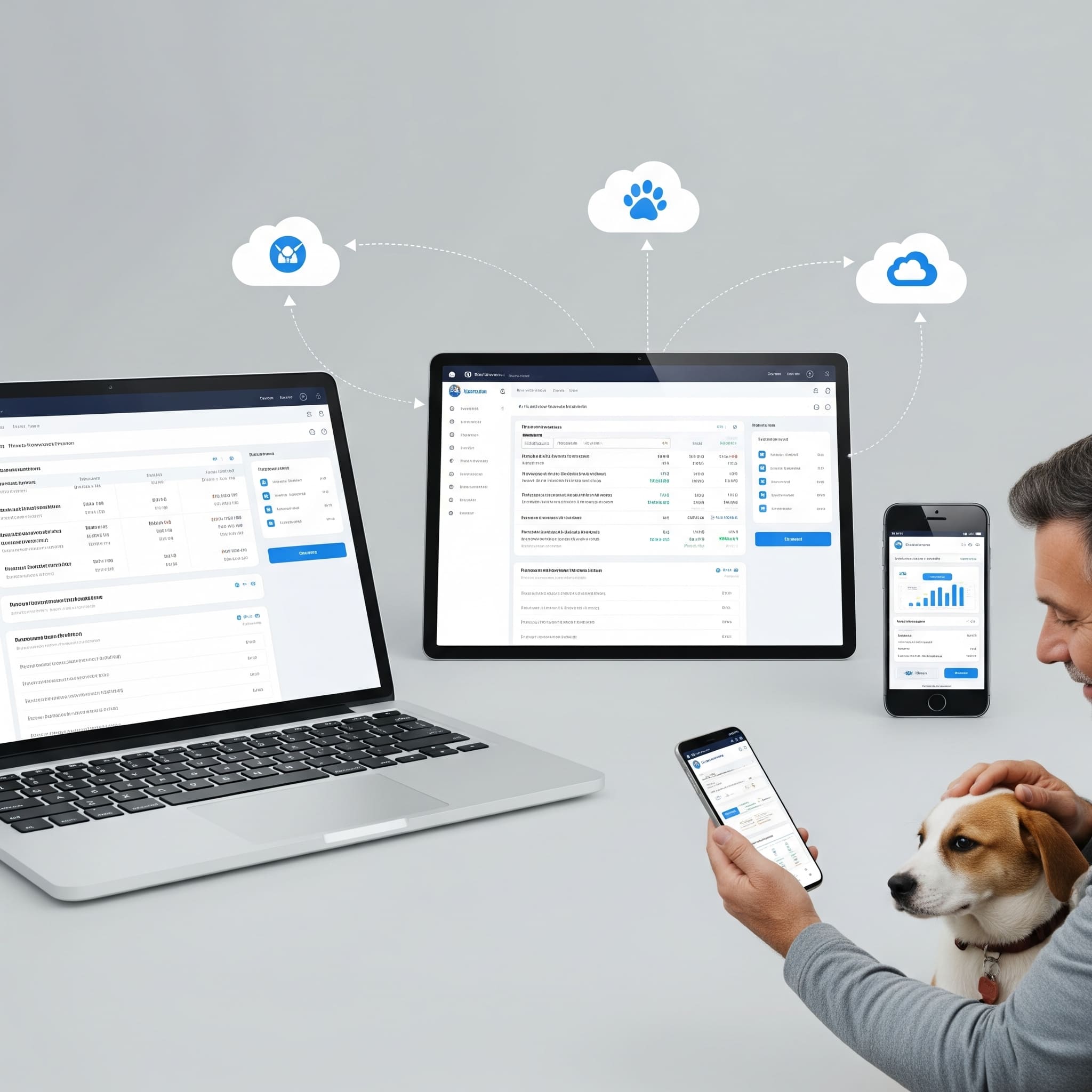
The industry standard for pet business software is cloud-based systems. Why? They keep your data central and safe, are available anywhere, and don't require costly infrastructure.
A cloud-based solution allows you to:
- Keep track of reservations and documentation across several branches.
- Give your team remote access.
- Create insights and reports that help you make better decisions.
- Never be concerned about losing data.
Mobile Apps for Pet Care Management
Your clients use mobile devices. It should be the same for you.
Being featured on a pet care aggregator app or having a branded app makes it easier to be found, scheduled, and trusted. Your staff can edit tasks, check reminders, and schedule appointments while on the go with mobile-first backend tools.
Modern company efficiency depends on mobile accessibility for anything from manager dashboards to pet parent apps.
Why Adopting the Right Technology in 2025 is Crucial for Your Success
Are you still running your grooming business manually? You're losing clients along with time. Technology is now required in a world where pet owners demand professionalism and ease of use.
Here are the problems you face without pet business technology:
.jpeg)
- A confusion of missed appointments and no-shows.
- No information about previous services or employee performance.
- Missed chances for follow-up appointments or product upselling.
- Negative initial impressions in a competitive marketplace.
On the other hand, using the appropriate pet business software:
- Increases the effectiveness of your operations.
- Boosts customer loyalty and satisfaction.
- Simplifies the process of scaling across outlets.
- Keeps you organised and compliant.






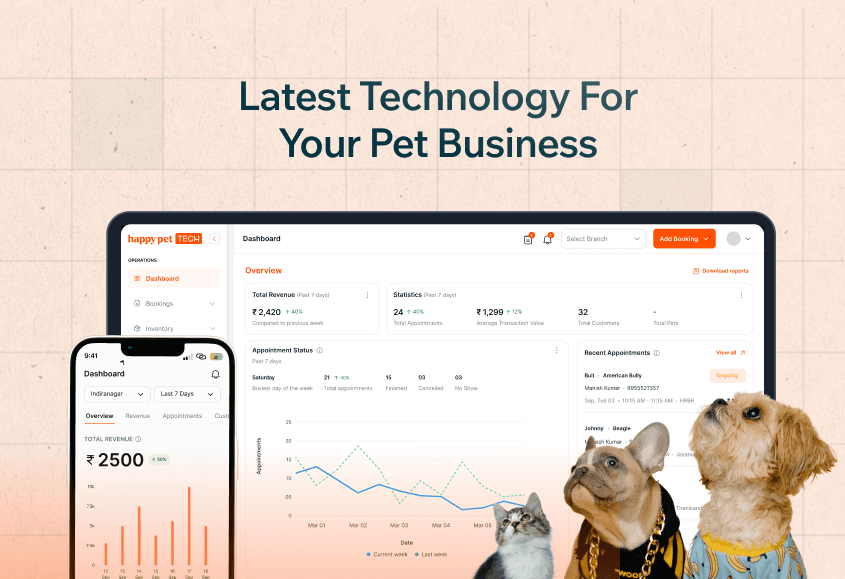



.jpeg)


